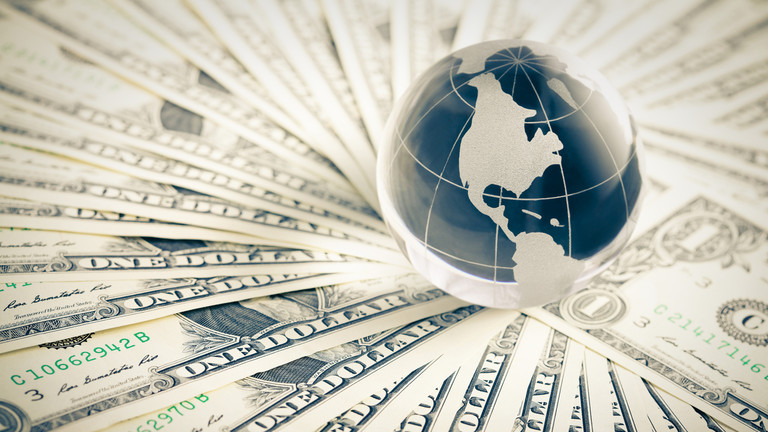While relationships between influencers and brands have long been a thing, it’s the digital age which has posed a new challenge; freedom. Freedom for people to say what they like with an infinite reach, posing the questions as to whether brand partnerships are the match made in heaven that they once were.
When you scratch the surface, influencer marketing works. It provides 11 times the ROI when compared to traditional digital marketing, and 83 per cent of consumers say they trust peer recommendations over advertising. Importantly, influencers have a niche, engaged following which brands are often unable to target without investing into an influencer campaign.
A new form of advertisement
Influencer marketing has risen to prominence as consumers become savvier to traditional advertisements and switch off. Audiences simply do not want to be bombarded with messages day in day out, and it’s estimated that 11 per cent of the global internet population use some form of ad blocking software, with 615 million devices registered as running ad blockers.
As consumers switch off from ads, marketers have changed their approach too – using influencers to target audiences with a subtler approach.
Audiences may skip an ad on YouTube, for example, but if an influencer is then talking about a product in a sponsored video, it reaches consumers in a more natural advertisement form.
Advertisements often have negative connotations to them and are associated with mistrust and the notion that brands are just trying to sell a product. While influencer marketing is also used as a sales tool, it has a more trustworthy element to it.
Building a brand, trust and engagement
Relationships are built on trust, and for consumers to buy into a brand trust needs to be the foundations on which the partnership is formed.
Traditional media is deemed as a less trustworthy source by consumers, yet the same product could be included in an advertisement and an influencer, and it’s highly likely that a consumer will trust this source more. Essentially, influencers are the bridge between taking a brand and turning it into a trusted brand.
Are businesses falling out of love with influencers?
In fact, one study found that 74 per cent trust sources such as blog and online communities more than brand advertisements when it comes to sourcing product information.
Which leads to the question, why? It’s the notion of recommendation and hearing someone share a product or service from somebody who consumers feel is just like them with the same lifestyle, values, and needs.
In the era of fake news, consumers think why would the ‘boy/girl next door’ falsely advertise a product? What benefit does it have to them to lie? Of course, influencers are often paid for their work and ASA requires them to disclose on their channels when they have been paid to talk about a brand or product. However, not all follow this guidance and disclose their ads, and it has led to calls for greater transparency and regulation over influencer campaigns.
There is then the need to balance transparency with disclosure. If the point of an influencer campaign is to target consumers in a non-ad way, then giving it advertisement status could then have reverse effect.
The fear of losing control
Traditional advertising forms can be controlled – brands are able to oversee the whole process and control it from start to finish, yet when it comes to influencer campaigns it’s often only the initial brief which a brand has control over.
It is this balance that brands need to get right – providing freedom to influencers to create content which stays true to their personal brand and is content which their audience will engage with, but also reaches the brand’s goals and desired outcomes.
Influencers know their audience. They know the types of content they like and dislike, whether a blog post, video or social media posts works best depending on the product or service being promoted and have the creative ideas on how to execute campaigns in a unique way. Similarly, companies know their brand. They know the tone of voice it needs to maintain, the goal that needs to be reached and how their brand should be positioned.
Restrict how an influencer creates their content and it’s likely that it won’t engage their audience and look out of the ordinary when compared to non-sponsored content. The beauty of an influencer campaign is that it is intended not to stand out, and designed to look like any other recommendation, sponsored or not.
Unbiased recommendation with fact
Consumers are turned off from hearing about how great a product or brand is, and there is the need for unbiased, informative recommendations – a job for an influencer. There is also the need for fact – something which brands can provide.
It is this balance between recommendation and fact that can make the relationship between influencer and brand work, and the campaign a success.
Influencers should have creative control over how the campaign looks – they know their channels and audiences best – and brands should be able to inform the campaign goal and provide the factual basis of what is required.
How important are influencers to your product or brand?
Brand and influencers – a relationship with trust
Influencer campaigns are still a relatively new marketing strategy, so it’s no wonder that it is a process and partnership that isn’t without its differences. Yet, this relationship is a work in progress and one which should be bound by trust by both parties.
Trust in an influencer that they will execute the campaign according to the set goal and deadlines, and trust from a brand that an influencer will create content which aims to engage their audience and meet the set goals.
For an audience to engage with an influencer campaign, then the content needs to be relevant and of the highest-quality, and for this to happen the initial relationship needs to be strong.
This is a guest blog and may not represent the views of Virgin.com. Please see virgin.com/terms for more details.



 NEWS5 months ago
NEWS5 months ago
 NEWS5 months ago
NEWS5 months ago
 NEWS5 months ago
NEWS5 months ago
 WAR5 months ago
WAR5 months ago
 FINANCE5 months ago
FINANCE5 months ago
 INVESTMENTS5 months ago
INVESTMENTS5 months ago
 FINANCE5 months ago
FINANCE5 months ago


























